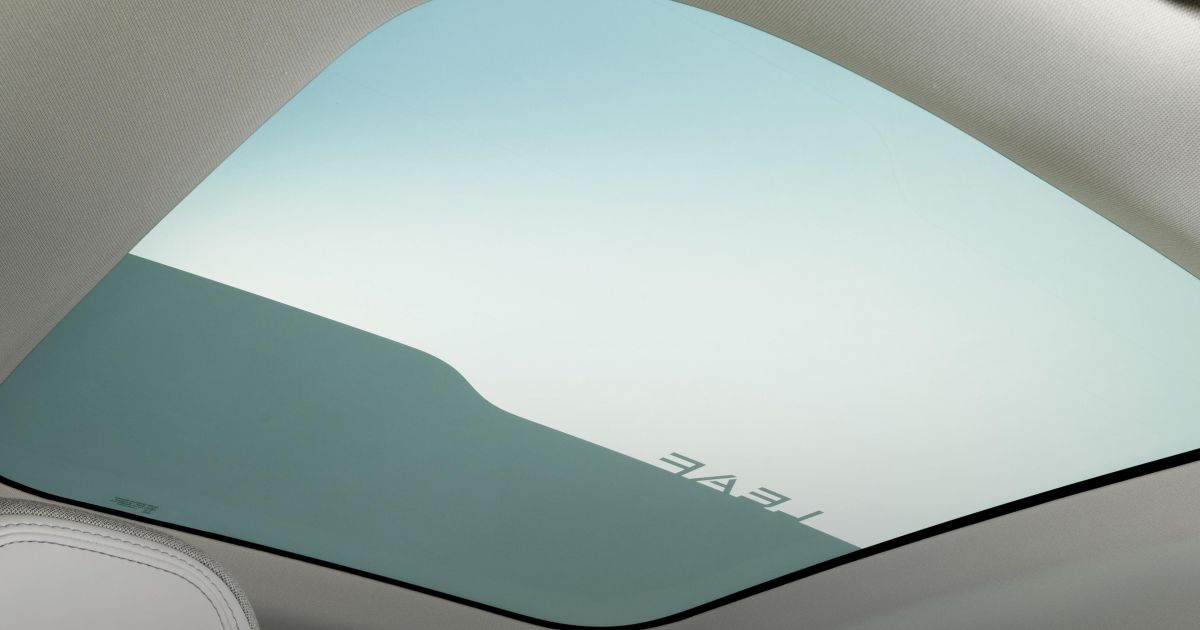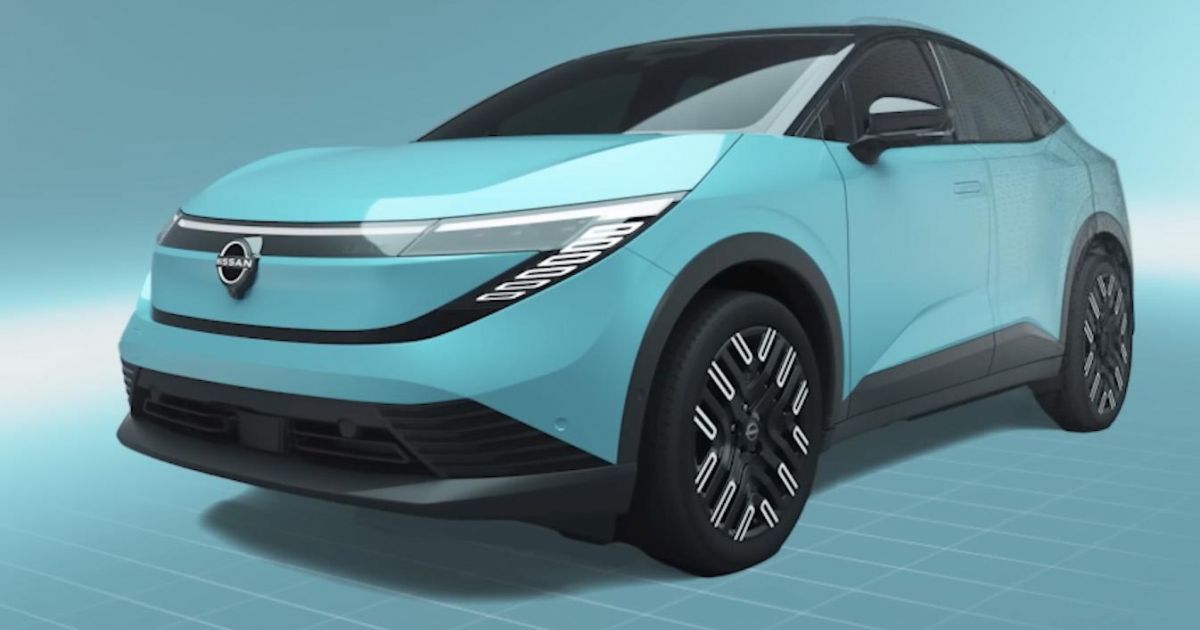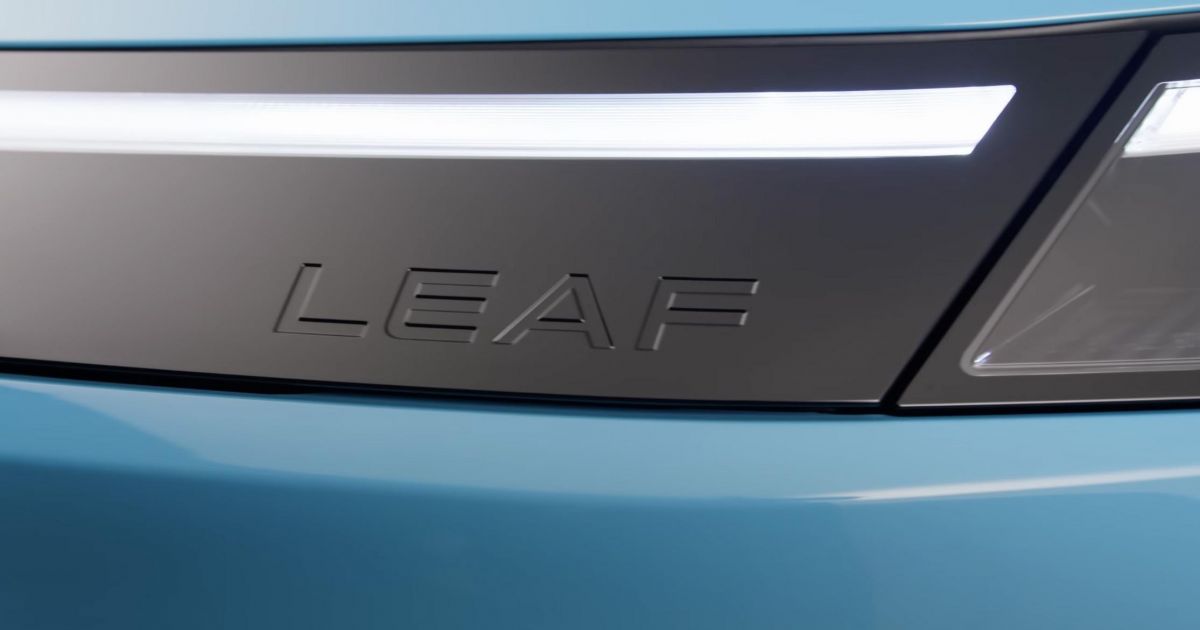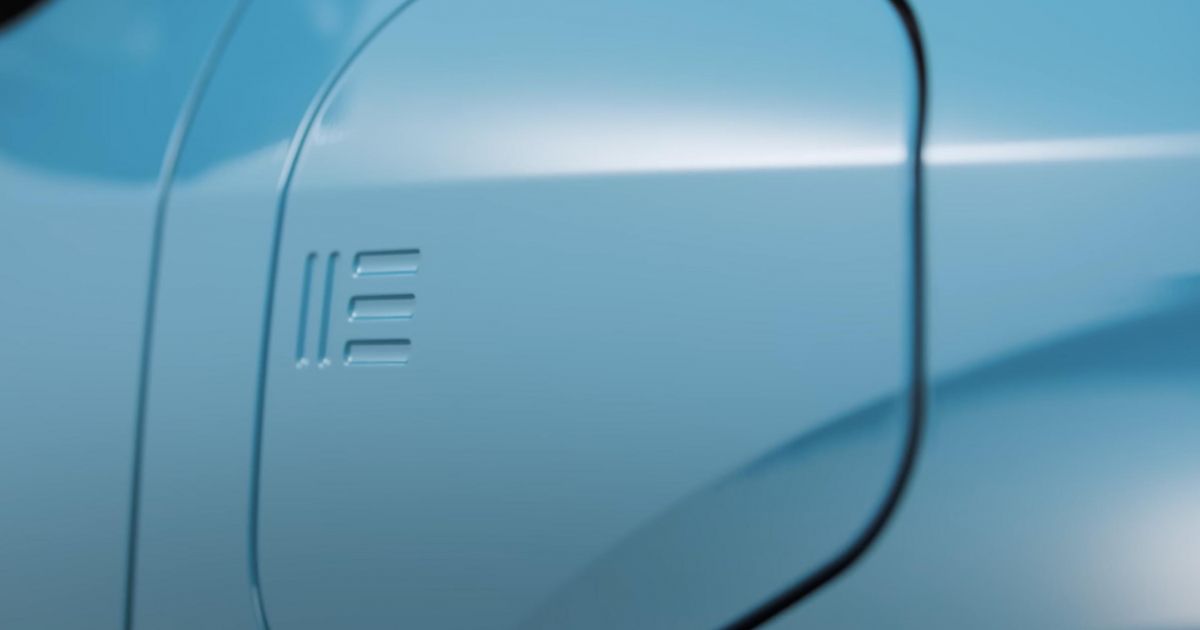Ahead of its launch on June 18, Nissan has revealed some details about the third-generation Leaf, which is adopting an SUV-like design.
The company revealed the new Leaf’s front profile at the end of March, showing off the car’s rounder shape, taller ride height, and aerodynamic front end.
According to Nobutaka Tase, the Leaf program’s design director, the new model is “most aero efficient car we’ve ever made” thanks to its fastback-style body, active grille shutters, flat underbody, flush-fitting door handles, and “optimised” wheel design.
Hundreds of new car deals are available through CarExpert right now. Get the experts on your side and score a great deal. Browse now.
There’s also an e-dimming panoramic glass roof, which Tase-san claims allowed the team to lower “critical air detachment points by 12mm”.
In the US and Japan the most efficient Leaf variants will have a coefficient of drag of 0.26, while European models bring that number down to 0.25 as they have unique wing mirror and alloy wheel designs .
Richard Candler, vice president in charge of global product strategy, says the Leaf is “icon for us” and is “one of our core heartbeat models”.
In order for the new Leaf to be a “credible alternative to combustion engine vehicles” it will be able to do “300 to 500km between stops”.
According to Mr Candler the “average refuelling stop is around 14 minutes, and in that time [the new Leaf] can add over 250km of charge with seamless plug and charge capability”.
Under the skin, the new Leaf employs the CMF-EV architecture that underpins the Ariya electric crossover. The platform, rebranded as AmpR Medium, also serves as the basis of the Renault Megane E-Tech and Scenic E-Tech.
The Ariya is available with 65kWh and 90kWh battery packs, and a selection of drivetrains, starting with a 160kW/300Nm front-wheel drive setup and topping out with a 290kW/600Nm all-wheel drive dual-motor system.
Depending on the drivetrain and battery pack combo, the Ariya’s WLTP driving range is between 360km and 500km.
By way of comparison, the second-generation Leaf has a 110kW/320Nm motor paired to a 39kWh battery in its base trim, offering a WLTP driving range of 270km. The e+ variant has a beefier 160kW/340Nm electric motor, larger 62kWh battery, and a WLTP range of 385km.
Since the original Leaf’s launch back in 2010 around 700,000 have been sold worldwide. At one stage it was the world’s best selling EV ever, but it has since been overtaken by the Tesla Model 3 and Model Y.
Collectively all of the world’s Leaf models have covered an estimated 28 billion kilometres.
The new Leaf will go on sale in Australia in 2026. Local models will likely be sourced from Nissan’s factory in Sunderland, UK.
MORE: Everything Nissan Leaf





